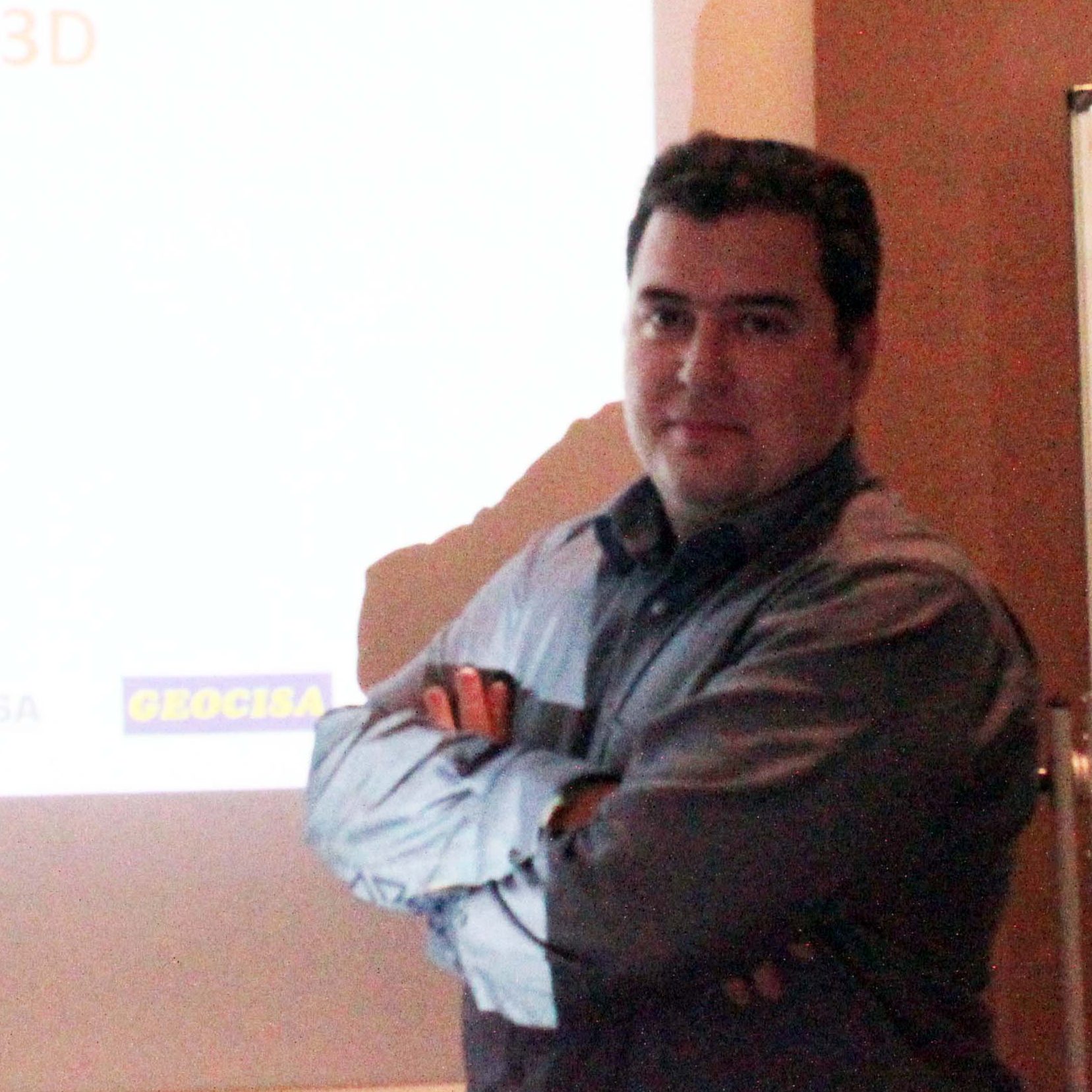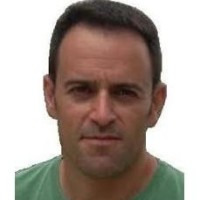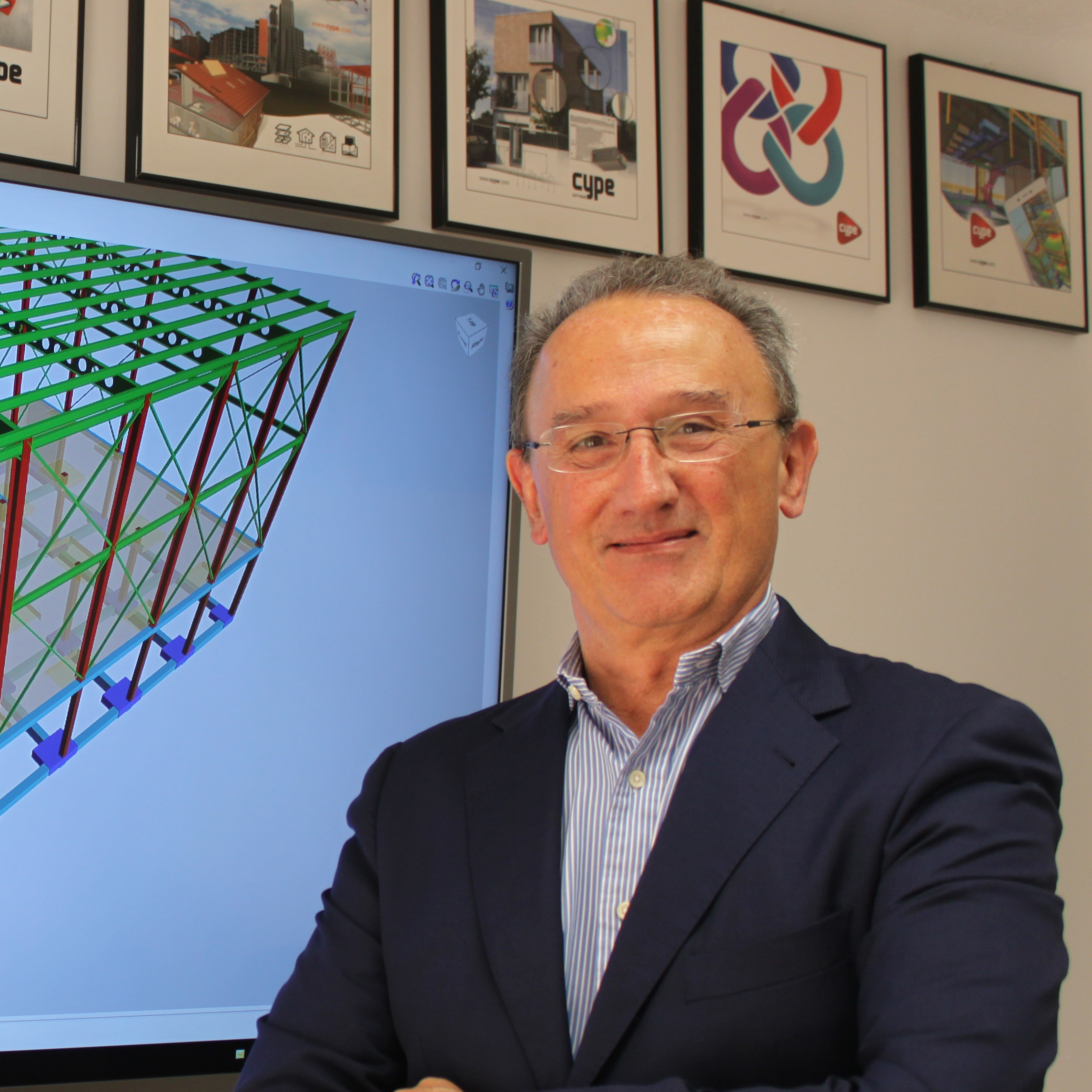What stage has the 3DCONS project reached?
First and foremost, we are meeting the project deadlines we had foreseen. We have now completed the first phase of defining needs and requirements. It is especially important to have specified the applications to which we are going to dedicate the technology we are going to develop. Ultimately, we are talking about new materials, new manufacturing tools, new designs, etc. but all of this has to lead to something specific. That is why we have analysed the activities, processes and construction types in both prefabrication and on-site construction that were of greatest interest for the application of this type of technology, based on their potential performance and market impact.
In making this analysis, what aspects have you considered?
We assessed the activities in terms of whether they were of interest for a clear advantage in time performance or a clear advantage in the overall quality of the final product. Naturally, we also considered the cost competitiveness of the possible applications. This work has already been completed and we have identified the potential applications and distributed them based on the level of technological risk.
What do you mean by technological risk?
There are a number of applications that can reach the market in a short period of time while others need more time, either because they are more ambitious and complex or because they have more restrictive regulations. When selecting applications, we have tried to distribute this risk or market distance, combining those that could enter the market more quickly and those that are going to require more time or additional development. Once the applications have been defined, we have started to work on the dosing of materials, configuring the equipment in order to be able to print the parts, as well as on the software that has to manage the whole process. By focusing on the applications and elements that we want to print, the planning and design of all the system components is made easier.
What specific goals have you defined in the first phase of the project?
We are talking about a dozen applications. But they are very diverse and multifaceted, as we can talk about energy renovation on façades, but within this application, there are many aspects to consider, such as the different types of façades or the different forms of renovation (thermal renovation, acoustic renovation, aesthetic renovation, etc.), among others. The number is very high and the additional options for the future are broad.
Could you mention some of the most interesting ones?
Those related to the energy renovation of façades are very important. These solutions can be specifically adapted to the specific requirements of the building depending on its exposure and thermal behaviour. The whole façade wouldn't be adapted in the same way, as not all parts of the façade have the same solar exposure, orientation or interior use. It makes no sense for façades to behave uniformly as they have done up to now. We have already developed very specific strategies in this area and have carried out simulations that indicate that the potential is very high.
What about direct printing on façades?
Here is another very curious solution we have found that we did not have in mind at the beginning. It is the sgraffito technique. This technique is essentially used in historical buildings when a geometric figure is repeated many times. This is done by applying a first layer of mortar which is left to harden and then another layer is applied on top of it, onto this, a paper drawing is taken, which is superimposed, and the outline of the drawing is punctuated. Once this is done, the paper is removed and with the drawn outline, all the excess material is removed.
This requires a lot of craftsmanship, but it allows us to create a figure that can be decorative, the name of a company, a logo or any other type of decoration. With this project we can make the material itself the one making the shape on the wall. It wouldn't be painted or printed on another material, but the façade itself would have the shape we want it to have. This is a manual job that currently has few uses due to its cost. With 3DCONS technology we could reduce this cost substantially.
The project will therefore provide solutions for both new constructions and renovations...
We have also identified a number of applications for renovation, including historical buildings, both indoors and outdoors. From curved walls with free geometries to lattices and street furniture. We are also considering the use of 3D printing for peculiar formworks such as, for example, those existing in auditoriums which, due to acoustic issues, are very complex. Our idea is to create this printed and lost formwork and then build the structure on top of it.
So, what materials would they be?
We are working with cement (mortar and concrete) although the line between mortar and concrete is somewhat blurred in this project. We are also investigating gypsum-based materials, lime-based materials and new types of mixtures that are being developed in the 3DCONS project.
That's a real challenge...
Absolutely. We have made a lot of progress on this and we already have formulations that are extremely close to what we expect. In this sense, we already have the first batch of formulations and we are working on them. In the first tests that have been carried out, we are quite close to the final target, which is great news because it means that we have room for improvement.
What is the performance of the materials you are working with?
The chemistry of building materials is very important and highly developed today. That is why we are optimistic. But it is also very important to know just what to do with those materials so that we know what we can expect from that material and, therefore, how it should be formulated. It is not easy but we are quite close to obtaining valid mixtures.
Have the initial objectives of the project changed?
No. The objectives of the project have remained the same, but some additional objectives have been added, such as the sgraffito.
As the project coordinator, how is the working method?
It has been fantastic and, I would say, almost pleasant. And not because there is no work to be done, as coordinating so many companies, research centres and people is always an effort. But when you work with such good entities and teams that are fully involved in the project, everything is much easier.
Is this the most important 3D printing project in Spain for construction?
In 3D printing, yes. There are other national and international initiatives. But from all those that we know of, including the international ones, we understand that there is no other project that has the power that this one has in terms of consortia.
What do you mean by power?
When I say power, I mean that the project involves specialists in software, specialists in architectural design, specialists in different types of materials, robotics, 3D printing, etc. We are also the only initiative that is considering printing in situ on façades. For this reason, and although there are national and international initiatives that may be more advanced, because they started earlier, or are smaller consortia that advance faster with more limited objectives, they lack the broad scope of the 3DCONS project. "If you want to go fast, go alone, if you want to go far, go together". This African proverb has been in our minds since 3DCONS was first envisaged and we believe it is a correct strategy.
Could these projects be a threat to 3DCONS or limit its scope?
There is obviously some competition. We have met some of them at some conferences and I think they are doing very interesting work. Obviously, we think that 3DCONS has aspects and objectives that place it ahead of the rest, but that doesn't mean that we don't admit that they are very interesting projects.
The fact that there are other initiatives at the national and international level only indicates that this is a technological field of important interest and that we are on the right path. Only time will tell who will reach the market first and who will have the greatest impact, but we are optimistic about this.
As an example, it would seem that in China there are examples ahead of the rest, but they are not working on the concept of vertical printing on existing buildings, nor are there any data on the mechanical properties of printed materials and elements. Building regulations vary greatly from country to country and although it may be slightly daring, we have some doubts about whether the results of these initiatives would meet Spanish or European standards.
Do you envisage collaborating with other national research projects?
Maybe. Although this is difficult because, fortunately, in 3DCONS there is a lot of interest in the exploitable result: patents, knowledge and so on. The interests of an R&D project that is clearly focused on the market are different from those of basic research whose objective is to generate knowledge and disseminate it. In 3DCONS there is a clear industrial objective and, although we are familiar with other initiatives, I think we will only be able to share experiences to a certain extent.
Who will own the patents that come out of the 3DCONS project? Ministry, companies, research centres...?
It will always be the companies. We already have an exploitation agreement between all the partners and, depending on the activities that each one of us carries out, the patents belonging to each partner are distributed. This was established from the beginning in order to be clear about the development of each company and the future exploitation of each company. This agreement allows all participants, with so many complementary roles and activities, to have our future benefits protected.





